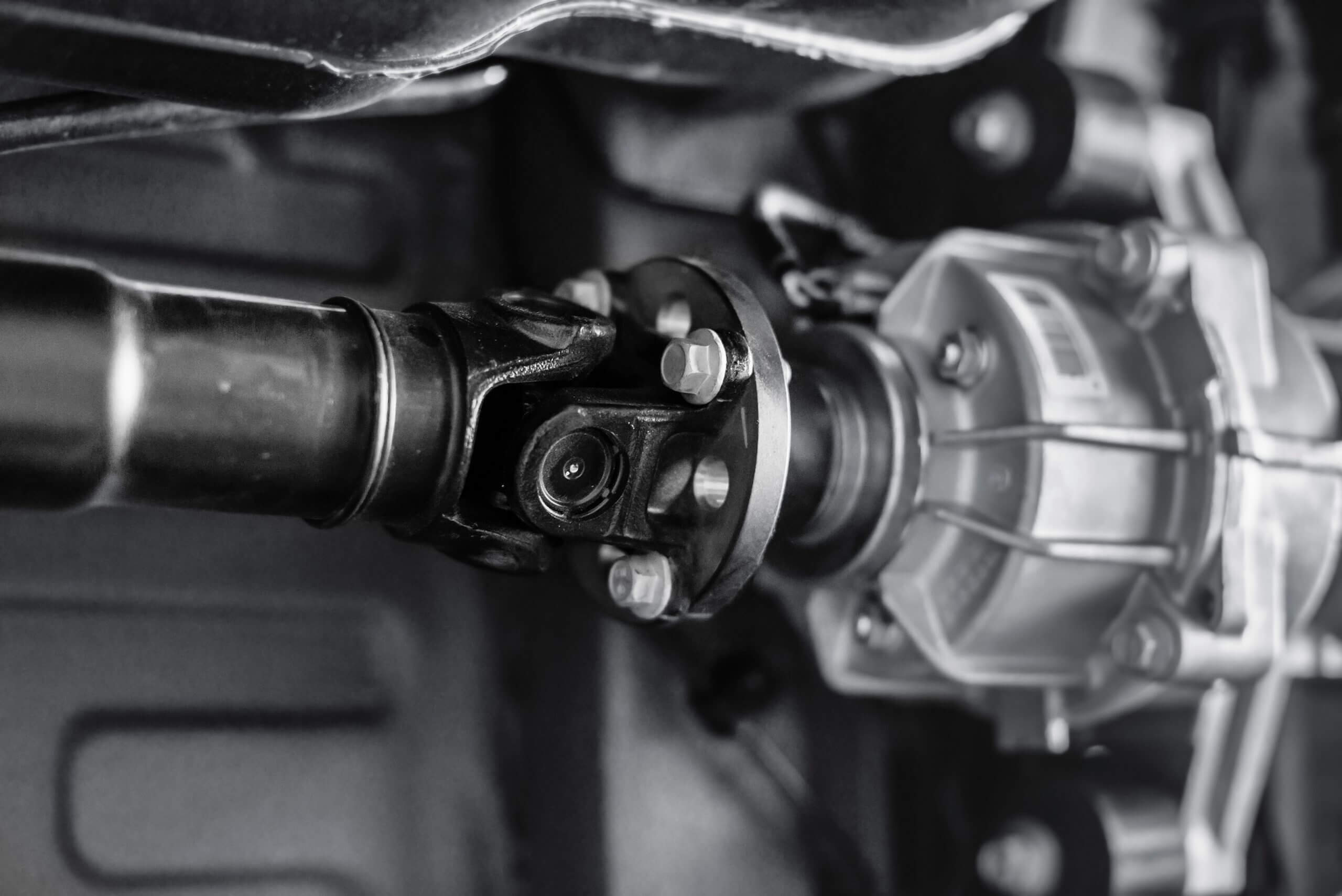How Much Does A Driveshaft Cost To Repair

The driveshaft, a seemingly simple component, plays a critical role in transferring power from the engine (or motor in electric vehicles) to the wheels. In traditional rear-wheel-drive and four-wheel-drive vehicles, its health directly impacts performance, handling, and even safety. So, the inevitable question arises: How much does it cost to repair a driveshaft?
The answer, as always, is complex. Several factors influence the final bill, including the vehicle's make and model, the type of driveshaft (single-piece, two-piece, constant velocity), the severity of the damage, and the labor rates in your area. Generally speaking, a simple driveshaft repair, such as replacing a U-joint, might range from $200 to $500. However, if the entire driveshaft needs replacement due to bending, cracking, or severe wear, the cost can easily climb to $800 to $1500 or even higher for specialized vehicles like performance cars or heavy-duty trucks. These prices include both parts and labor.
But this is where the traditional understanding of driveshaft repair starts to intersect with the rapidly evolving landscape of automotive technology. We're not just talking about today's cars; we're looking toward the future. Electric Vehicles (EVs) are changing the game. Many EVs, particularly those with single-motor setups, eliminate the need for a traditional long driveshaft altogether, favoring direct drive systems or shorter shafts connecting the motor to a differential. However, dual-motor and all-wheel-drive EVs still utilize driveshafts, albeit potentially with different designs and materials optimized for electric powertrains.
Hybrid vehicles present another interesting scenario. Depending on the hybrid system, the driveshaft's role can vary. In some cases, it may only operate when the internal combustion engine is engaged, leading to potentially less wear and tear compared to a purely gasoline-powered vehicle. However, the complexity of hybrid systems can also increase repair costs if the driveshaft is integrated with other components.
The Rise of Smart Automotive Solutions and Predictive Maintenance
Perhaps the most exciting development impacting driveshaft repair costs in the long run is the emergence of smart automotive solutions. Imagine sensors embedded within the driveshaft itself, constantly monitoring vibration, temperature, and rotational speed. This data could be analyzed in real-time to detect even the slightest signs of impending failure.
This is the promise of predictive maintenance. Instead of waiting for a catastrophic failure, drivers (or fleet managers) would receive alerts indicating the need for preventative maintenance, potentially catching a worn U-joint before it damages the entire driveshaft. This proactive approach could significantly reduce repair costs and downtime, extending the lifespan of critical components and improving overall vehicle reliability.
Of course, this technological revolution isn't without its challenges. The cost of implementing these sophisticated sensor systems and data analytics infrastructure could be substantial. Furthermore, cybersecurity concerns surrounding connected vehicles need to be addressed to prevent malicious actors from tampering with these systems. And the integration of these technologies across different vehicle manufacturers and repair networks requires standardization and collaboration.
Moreover, the shift towards lighter materials, such as carbon fiber and advanced alloys, in driveshaft construction presents both opportunities and challenges. These materials offer increased strength and reduced weight, improving fuel efficiency and performance. However, they may also require specialized repair techniques and equipment, potentially increasing the cost of certain types of repairs. Finding qualified technicians trained to work with these materials will also be crucial.
Despite these challenges, the future of driveshaft repair looks bright. As automotive technology continues to advance, we can expect to see a shift from reactive repairs to proactive maintenance, driven by data and powered by smart sensors. The traditional "wait-until-it-breaks" approach will gradually be replaced by a more intelligent and efficient model, ultimately benefiting both consumers and the automotive industry.
A Vision for the Future of Mobility
The future of mobility isn't just about electric cars and autonomous driving. It's about creating a seamless, sustainable, and intelligent ecosystem where vehicles are constantly monitored, maintained, and optimized. Imagine a world where your vehicle anticipates its own needs, scheduling preventative maintenance appointments and even ordering replacement parts automatically. The driveshaft, once a hidden workhorse, will become a smart, connected component, contributing to the overall health and efficiency of the vehicle. This future, while still on the horizon, is rapidly approaching, promising a safer, more reliable, and more affordable driving experience for everyone.
